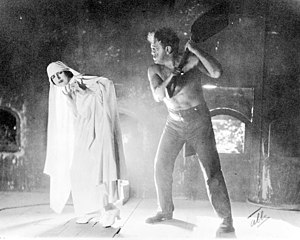
The Long Voyage Home is a 1940 American drama film directed by John Ford. It stars John Wayne, Thomas Mitchell and Ian Hunter. It features Barry Fitzgerald, Wilfrid Lawson, John Qualen, Mildred Natwick, and Ward Bond, among others.

Eugene Gladstone O'Neill was an Irish-American playwright. His poetically titled plays were among the first to introduce into the U.S. the drama techniques of realism, earlier associated with Russian playwright Anton Chekhov, Norwegian playwright Henrik Ibsen, and Swedish playwright August Strindberg. The tragedy Long Day's Journey into Night is often included on lists of the finest U.S. plays in the 20th century, alongside Tennessee Williams's A Streetcar Named Desire and Arthur Miller's Death of a Salesman. He was awarded the 1936 Nobel Prize in Literature. O'Neill is also the only playwright to win four Pulitzer Prizes for Drama.
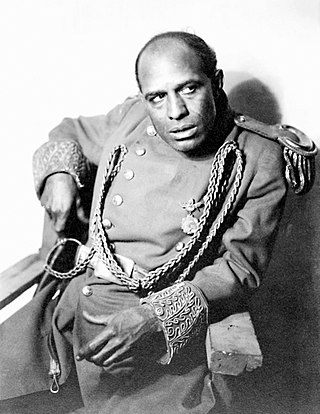
The Emperor Jones is a 1920 tragic play by American dramatist Eugene O'Neill that tells the tale of Brutus Jones, a resourceful, self-assured African American and a former Pullman porter, who kills another black man in a dice game, is jailed, and later escapes to a small, backward Caribbean island where he sets himself up as emperor. The play recounts his story in flashbacks as Brutus makes his way through the jungle in an attempt to escape former subjects who have rebelled against him.

Anna Christie is a play in four acts by Eugene O'Neill. It made its Broadway debut at the Vanderbilt Theatre on November 2, 1921. O'Neill received the 1922 Pulitzer Prize for Drama for this work. According to historian Paul Avrich, the original of Anna Christie was Christine Ell, an anarchist cook in Greenwich Village, who was the lover of Edward Mylius, a Belgian-born radical living in England who libeled the British king George V.
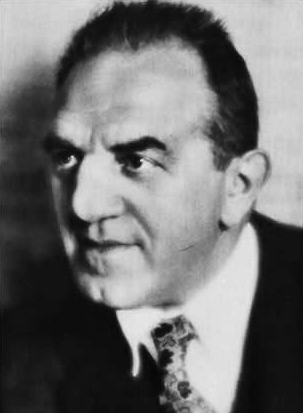
Louis Robert Wolheim was an American actor, of both stage and screen, whose rough physical appearance relegated him to roles mostly of thugs, villains and occasionally a soldier with a heart of gold in the movies, but whose talent allowed him to flourish on stage. His career was mostly contained during the silent era of the film industry, due to his death at the age of 50 in 1931.

Ah, Wilderness! is a comedy by American playwright Eugene O'Neill that premiered on Broadway at the Guild Theatre on October 2, 1933. It differs from a typical O'Neill play in its happy ending for the central character, and depiction of a happy family in turn of the century America. It is O'Neill's only well-known comedy.

A fireman, stoker or watertender is a person whose occupation it is to tend the fire for the running of a boiler, heating a building, or powering a steam engine. Much of the job is hard physical labor, such as shoveling fuel, typically coal, into the boiler's firebox. On steam locomotives the title fireman is usually used, while on steamships and stationary steam engines, such as those driving saw mills, the title is usually stoker. The German word Heizer is equivalent and in Dutch the word stoker is mostly used too. The United States Navy referred to them as watertenders.
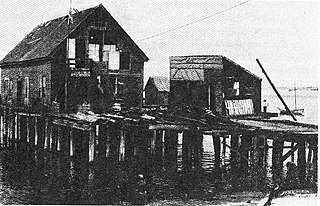
The Provincetown Players was a collective of artists, people and writers, intellectuals, and amateur theater enthusiasts. Under the leadership of the husband and wife team of George Cram “Jig” Cook and Susan Glaspell from Iowa, the Players produced two seasons in Provincetown, Massachusetts and six seasons in New York City, between 1916 and 1922. The company's founding has been called "the most important innovative moment in American theatre." Its productions helped launch the careers of Eugene O'Neill and Susan Glaspell, and ushered American theatre into the Modern era.

José Benjamín Quintero was a Panamanian theatre director, producer and pedagogue best known for his interpretations of the works of Eugene O'Neill.
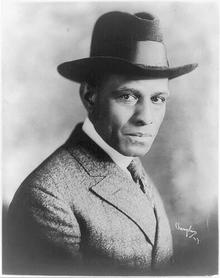
Charles Sidney Gilpin was one of the most highly regarded stage actors of the 1920s. He played in critical debuts in New York City: the 1919 premier of John Drinkwater's Abraham Lincoln and the lead role of Brutus Jones in the 1920 premiere of Eugene O'Neill's The Emperor Jones, also touring with the play. In 1920, he was the first black American to receive The Drama League's annual award as one of the 10 people who had done the most that year for American theatre.
Lazarus Laughed is a play by Eugene O'Neill written in 1925. Its sub-title was A Play for Imaginative Theatre. It is a long theo-philosophical meditation with more than a hundred actors making up a masked chorus. In theatrical format, Lazarus Laughed appears to be a Greek tragedy. But the underlying message is similar to the mystery plays from the Middle Ages. O'Neill's play, The Great God Brown, can be considered as an introduction to this play.

Kenneth Earl Holliday is an American actor of stage, film, and television. He is known for his role as Ben Matlock's original private investigator, Tyler Hudson, on Matlock, and as Sgt. Curtis Baker on Carter Country from 1977 until 1979. He was nominated for the Independent Spirit Award for Best Supporting Male for his performance in the film Great World of Sound.

Expressionism was a movement in drama and theatre that principally developed in Germany in the early decades of the 20th century. It was then popularized in the United States, Spain, China, the U.K., and all around the world. Similar to the broader movement of Expressionism in the arts, Expressionist theatre utilized theatrical elements and scenery with exaggeration and distortion to deliver strong feelings and ideas to audiences.
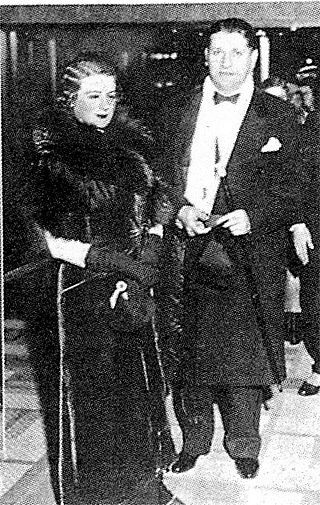
Jules Levey was an American film producer.
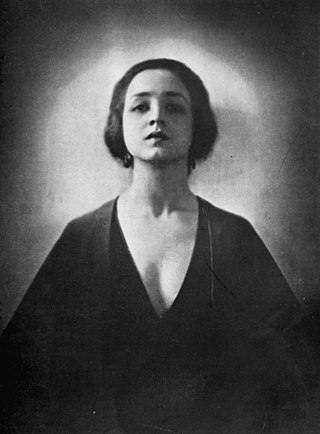
Carlotta Monterey was an American stage and film actress. She was the third and final wife of playwright Eugene O'Neill.
Eugene Egan was a Catholic apostolic vicar in Ireland, designated bishop of Ross, County Cork, closely involved with the uprising of the Nine Years' War.

The Hairy Ape is a 1944 American drama film based upon the 1922 play of the same name by Eugene O'Neill. It was directed by Alfred Santell and adapted by Robert Hardy Andrews and Decla Dunning. The film stars William Bendix, Susan Hayward, John Loder, Dorothy Comingore, Roman Bohnen, Tom Fadden and Alan Napier. The film was released on July 2, 1944, by United Artists.
Jasper Deeter was an American-born stage and film actor, stage director, and founder of Hedgerow Theatre in Rose Valley, Pennsylvania, one of the first regional repertory theatres in the United States.
